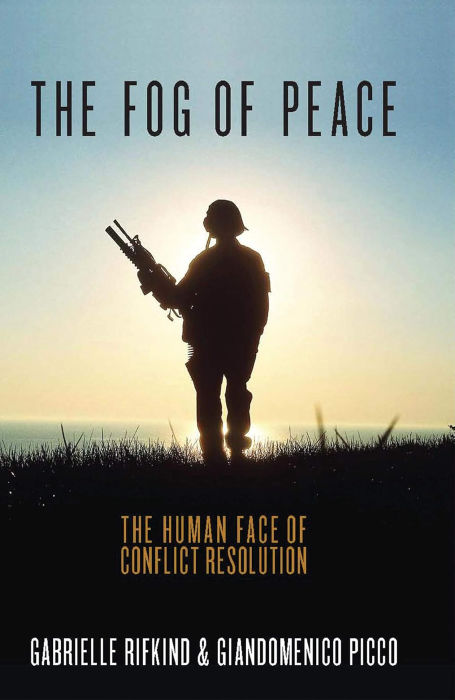Books
Gabrielle Rifkind, Giandomenico Picco
The Fog of Peace: The Human Face of Conflict Resolution
The Human Face of Conflict Resolution
Gabrielle Rifkind and Giandomenico Picco’s The Fog of Peace: The Human Face of Conflict Resolution offers a powerful reminder that peace is not forged by institutions alone but by individuals—each shaped by ambition, trauma, and the capacity for empathy. Blending the insights of a psychotherapist and a seasoned UN negotiator, this book moves beyond policy manuals to explore the deeply human dimensions of war and reconciliation. In a world where cycles of violence seem unbreakable, Rifkind and Picco argue that understanding the opponent’s pain and perspective is the first step toward real, lasting peace. Their message: empathy can be more persuasive than any weapon.
The Fog of Peace stands out for its unique combination of psychological theory, practical diplomacy, and firsthand accounts from some of the world’s most intractable conflicts. Rifkind, drawing on her work in the Middle East, and Picco, with decades of experience as a UN negotiator, show that successful conflict resolution hinges on seeing adversaries as individuals—understanding their fears, resentments, and the traumas that drive their decisions. The book challenges the conventional wisdom of “talking to the enemy,” urging policymakers to move beyond retaliation and cycles of violence by fostering dialogue and trust, even with the most difficult opponents.
The authors support their arguments with case studies, such as the Iran-US negotiations and the Israeli-Palestinian peace process, demonstrating how empathy and personal relationships can open doors that formal diplomacy cannot. They also address the changing nature of warfare and the double-edged impact of technology and social media, which can fuel conflict but also empower individuals to push for peace. Throughout, Rifkind and Picco emphasize the importance of early intervention, mediation, and reform, arguing that these tools can prevent violence from becoming entrenched and seemingly endless
What makes The Fog of Peace especially valuable is its insistence on the “human face” of peacemaking—showing that even in the fog of conflict, individual choices and emotions matter profoundly. The book’s blend of theory and practice, along with its accessible style and real-world examples, makes it essential reading for students of international relations, policymakers, and anyone interested in the complexities of peace. Rifkind and Picco’s central message resonates: peace is possible, but only if we recognize the humanity in our adversaries and have the courage to engage with empathy rather than enmity.

